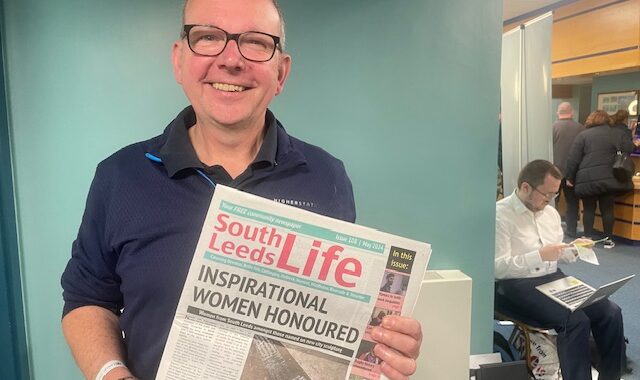Sara Moseley, Distinguished Visiting Fellow at the School of Journalism, Media and Cultural Studies (JOMEC), is visiting the University of Namibia, which has a thriving Information and Communications Studies Department, as part of Cardiff University’s engagement program. She is travelling with Prof Judith Hall and Nicola Pulman who established this as part of the Phoenix Project to support education and learning across the universities.
After 24 hours of stale, air conditioned travelling the first surprise is how sparklingly cold, clear and dry the Namibian winter is. Refreshing and energizing it proves a sign of things to come in this country of 2 million people with a landmass larger than that of UK and Germany combined.
The University of Namibia (UNAM) was established in 1991, a year after the country gained independence from South Africa. With it’s main campus in the capital, Windhoek, and 16 satellite campuses teaching 16,000 students it soon becomes clear to me how important UNAM is to the future of Namibia.
Judith has been here already and clearly established excellent relationships with University leaders. I am here because she identified the opportunity for collaboration on communications and media teaching and capacity building. Here also because of the warmth toward us and Wales. The Dean for Humanities and Social Sciences, Prof Kingo Mochumbo, has already replied to my email with a few words of Welsh gained whilst studying at Aberystwyth. Two of the academics – Dr Fred Mwlima, an expert of print media and Samra Aochamus, PR and digital – had completed their Masters at JOMEC.
Led by Dr Maggy Beukes-Amiss, the Department of Information and Communications Studies at UNAM has a strong stream of media and information teaching. And there are jobs for graduates.
Print media is thriving in Namibia with a wide range of daily and weekly newspapers catering for linguistic and ethnic groups – often in the same publication. The Namibian is read by about a quarter of the population and published in the official language of English, and in Oshiwambo. The densely populated township of Katutura on the edge of Windhoek also pulses to the sound of 23 radio stations in various combinations of this country’s 10+ languages and styles of music. Many stations are run from back-yard studios and are very important in this developing part of the world – community journalism in action and a reflection of what we found from learners on our recent online course.
UNAM has it’s own radio station broadcasting all day every day. With the support of Robin Tyson, an energetic and knowledgeable lecturer and highly experienced broadcaster himself, the students make an impressive and engaging team. Whilst I was there I spoke to one student journalist who was also a member of the Namibian Youth Parliament and another who is a committed feminist. Because of the stability and quality of teaching, students come here from across southern Africa. The crew in the radio station included a Zimbabwean, Zambian and South African as well as Namibians.
The state broadcaster NBC, along with other stations is preparing for digital switchover in 2015 when all its’ services in all languages will be heard throughout the country.
It’s clear after my first day that media here is not yet accessed widely through digital channels. Many areas don’t have electricity with the government currently working to extend this to schools so that children can access the web. However, Robin told me that he recently noticed petrol pump attendants clustered around a smart phone screen. They were watching a home made video in a local language.. A sign of things to come? Certainly everyone here seems to have a phone…..

Here is the Road Side bar in Katutura, the township at the edge of Windhoek which was a segregated area during apartheid and where a number of UNAM students come from. They are the first generation to have access to university education which was previously barred to back people.
Official estimates put the population of Katutura at 40,000. Unofficially as
many as 200k live there as a result of migration from northern Namibia by people looking for work in the capital.




